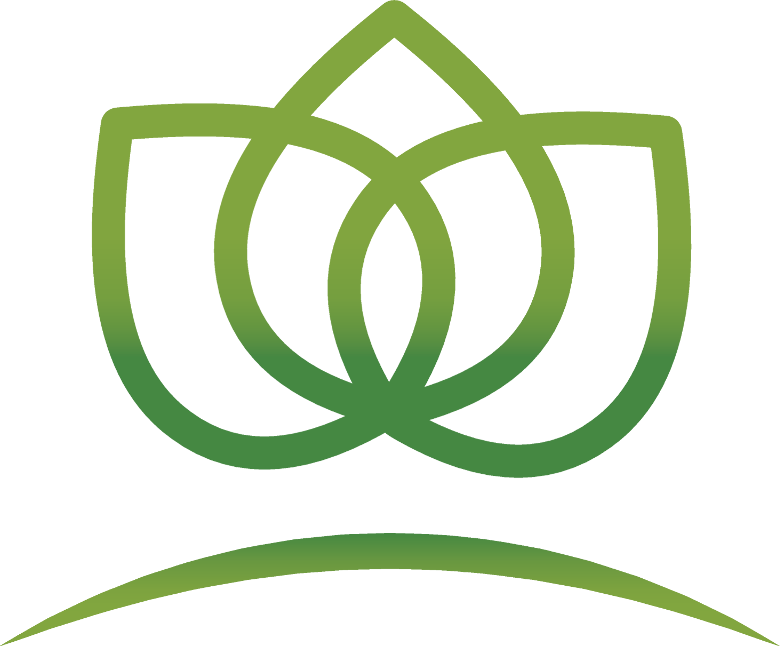Our Nordic-Baltic bonds in agriculture
NJF was founded in September 1918 as a transnational organisation for promoting agriculture. Although not an independent country, Iceland joined as full member state on may 5th 1927. However, the bonds between Iceland and the other Nordic countries goes back for centuries.
In 2022 Iceland has been an NJF member for 95 years. The last time we held our Congress in Iceland was in 1995, which was 27 years ago, so it is fitting that we host our 27th NJF Congress in Iceland in 2022. In 2022 it is also 250 years ago since Daniel Solander visited Iceland.
Daniel Solander(1733 – 1782) was born on the 19th of February, 1733 in Öjebyn, old town of Piteå, in northern Sweden and was brought up in the parsonage at Björklunda in Öjebyn. He studied botany in Uppsala for many years under the leadership of Carl von Linné. In 1759 Solander travelled to England and he soon became a respected member of the Royal Society, the English Science Academy. When captain James Cook left on his famous voyage with the Endeavour around the world on the 26th of August 1768, the Swede Daniel Solander was one of the men on board the ship. Thousands of plants and animals, especially insects were gathered, described and named by Solander during this voyage and in New Zealand and Australia there are many places named after Daniel Solander. Solander never returned to Sweden. He died at the age of 49 in England on the 13th of May 1782.
The NJF story
The history of NJF begins on 9 February, 1918 at a Danish plant production meeting in Copenhagen, where also a few agricultural researchers from Sweden and Norway took part. One of the participants, the grassland specialist, Dr Anders Elofson, Sweden, brought forward a proposal of an association of agricultural researchers from the Nordic countries. His idea was greeted with enthusiasm and a successful Danish tenant, Mr Elias Lunding, was commissioned to lead the work of the realisation of such an association. That very day the idea was discussed in a group consisting of Dr Elofson, Professor Nilsson-Ehle and Dr Witte from Sweden, and Director Dorph-Petersen, Professor Kølvin-Ravn, Dr Erik Lindhard from Denmark as well as Mr Lunding. Only a week later at a meeting in Stockholm Mr Lunding presented his proposal for statutes of the new association. Finally, on 19-20 March – in connection with the Swedish Agricultural Meeting (Lantbruksveckan) – after some minor amendments in the statutes suggested by Professor Emil Korsmo, Norway, a group of delegates was authorized to lead the discussions at the respective national meetings which would take place immediately.
Representatives of Denmark, Norway and Sweden met in Copenhagen on 24 September, 1918. Mr Elias Lunding was appointed Secretary General and Professor Herman Nilsson-Ehle, Sweden, was elected the first chairman of NJF. During the following three days, the rules were outlined and the national associations were founded. Professor T. Kølpin-Ravn was the first chairman of the Danish association, Director W. Christie the first chairman of the Norwegian association and Professor H. Nilsson-Ehle the first chairman of the Swedish association. The basic structure of the national associations and the scientific sections, as formulated in the first statutes, is still valid.
It is evident that Elofson and Lunding were the real enthusiasts, but their personalities were rather different. Elofson was the visionary, the missionary and the charmer and Lunding the patriarchal leader – he could be brusque and sharp – but he was at the same time a very generous man, who also supported NJF economically. There were also other pioneers like Professor Emil Korsmo, Norway, Professor K A Bondorff, Denmark, Professor Otto Valle, Finland and Direktor Lars Spildo, Norway.
Sweden, Denmark and Norway, the three countries that agreed upon founding NJF formally became members on September 24th 1918 at 12.00 hours CET. Finland joined on March 18th 1919 and Iceland became the fifth member on May 5th 1927
The Baltic states Estonia, Latvia and Lithuania joined in 2005.
The Congresses
The first congress was held in Copenhagen, Denmark in 1921, starting on July 11th at the location that today, is used by the University of Copenhagen. This first congress gathered more than 300 participants including the Swedish Minister of Agriculture Nils Hansson as one of the invited speakers and guests of honor. Research leader Erik Lindhard, chairman of the Danish association, opened the congress.
The language was “Scandinavian” which means that Danish, Swedish and Norwegian were used and understood by the participants.
The next congress was held in Gothenburg, Sweden in June, 1923 with 334 participants. In connection with the congress, several post-conference excursions were held with ambitious programs over several days. One excursion did actually start in Gothenburg and had its finale at the open-air museum Skansen in Stockholm.
Thanks to the NJF, the channels and contacts existed still after the First World War, and the congress made it possible to cover the need for cooperation between the different scientists and experts in agriculture during this time. While earlier, it had been possible to meet at exhibitions, like the ones in Copenhagen 1888, Stockholm 1897 and Kristiania (Oslo) in 1907, it was difficult to arrange such meetings during the First World War. Therefore, the NJF congress that took place in 1921 was very important for the exchange of information, cooperation, and building social contacts. As mentioned above, it was the breakthrough of NJF. From the beginning the intervals between the congresses were two years, later three years and since 1963 four years. There were two interruptions; 1929-1935 and 1938-1947, due to the economic crises and the war.

